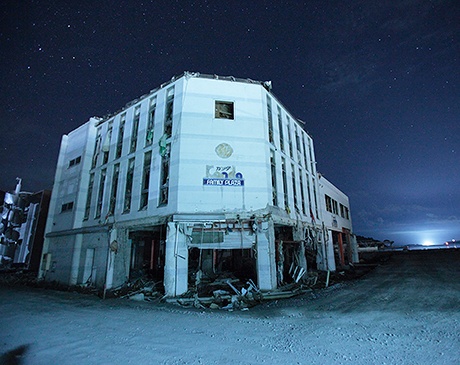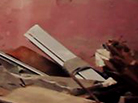Kishin Shinoyama ‘Atokata/Traces’ — one of the most important Japanese photographers
‘At 14:46, March 11, 2011. Nature destroyed itself with overwhelming energy. We had never seen a sight like this before. A landscape we saw for the first time, where life and death were experienced in the same instant. It was a moment when we learned how irrational life could be. A new nature created by nature. It was neither a God’s mischief nor ghastly hell — rather, a solemn, precious sight filled with serene silence. I could only stare at the sight with reverence, in awe at the power of nature.’
Kishin Shinoyama
Disasters are daily bread for Japanese people. From storms alternating with earthquakes, to Hiroshima and Nagasaki — Japan is a country which is continuously being razed to the ground and rebuilt. But last year's earthquake and tsunami were particularly severe and extensive. Kishin Shinoyama visited the disaster-struck area to document dismembered trees, twisted metal pieces, shattered rocks. Colourful rubble was abstracted into images that revealed the creative power of destruction.
Kishin Shinoyama is one of the most important Japanese photographers, who until now has been known mainly for his nudes. His most recent project is a cycle of large format photos documenting Tohoku — the part of Japan which suffered from most damage. The cycle Atokata, meaning ‘Traces’, is one of the most important visual comments made in relation with the March events, alongside the Berlin project by Leiko Ikemura. This exhibit, presented within the 21st edition of the Ars Cameralis Festival, will be the first one held in Europe.
Source: Festiwal Ars Cameralis






